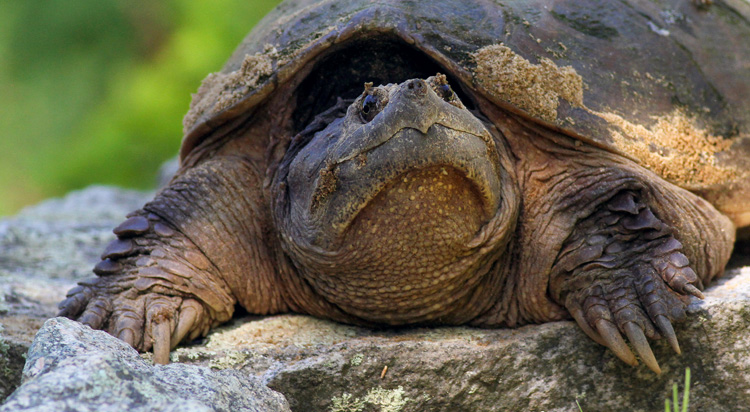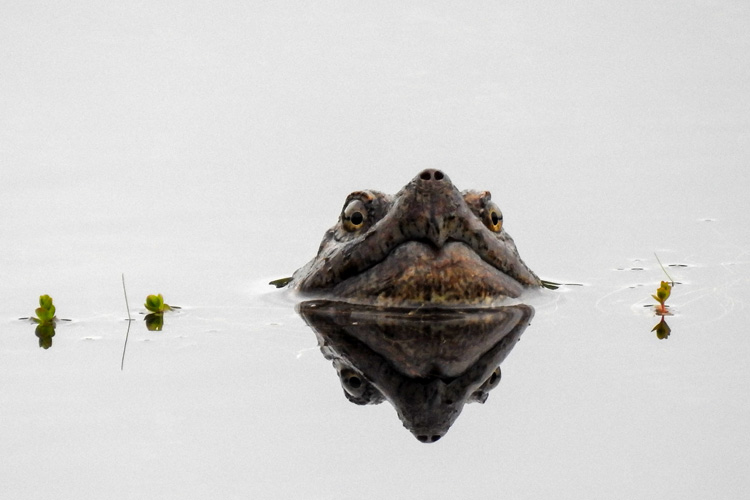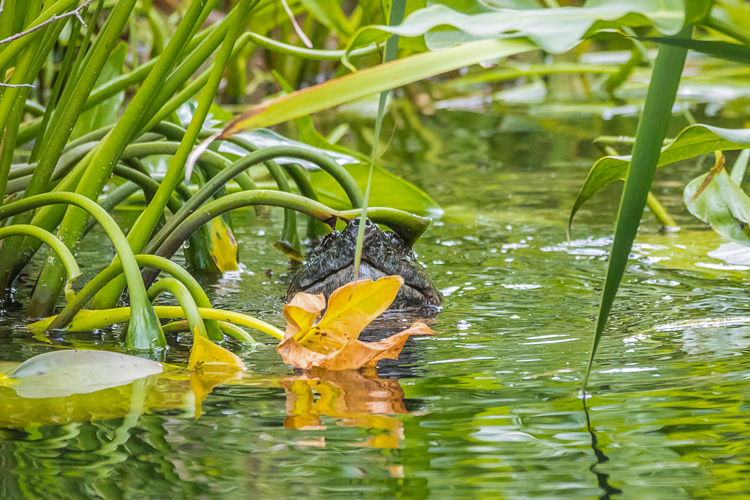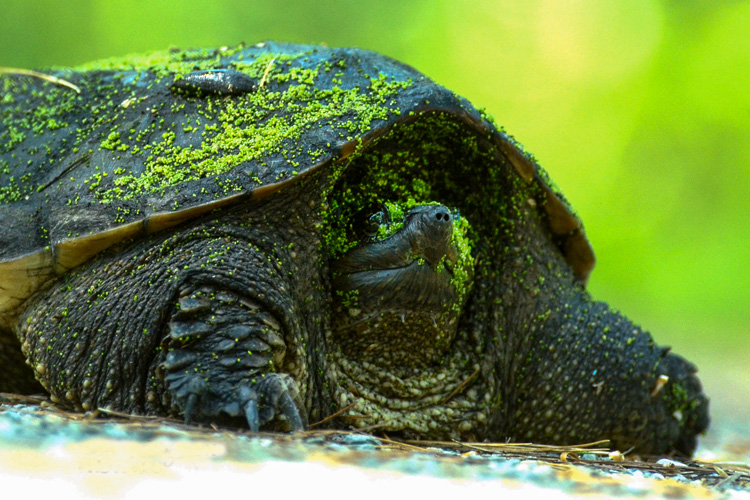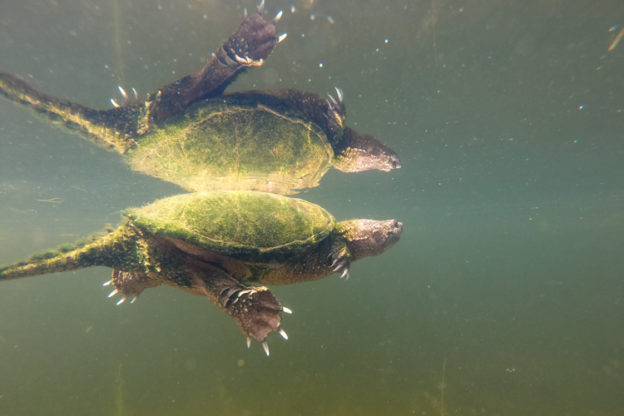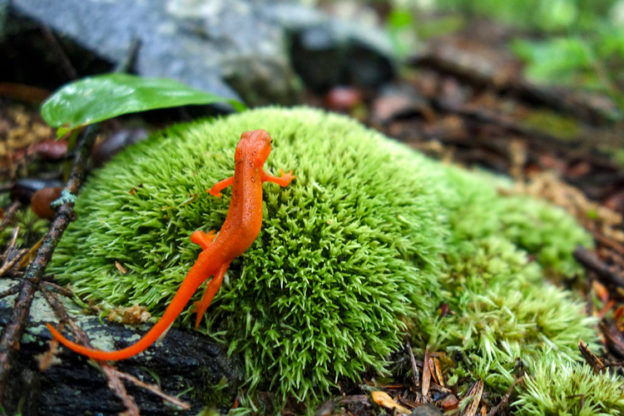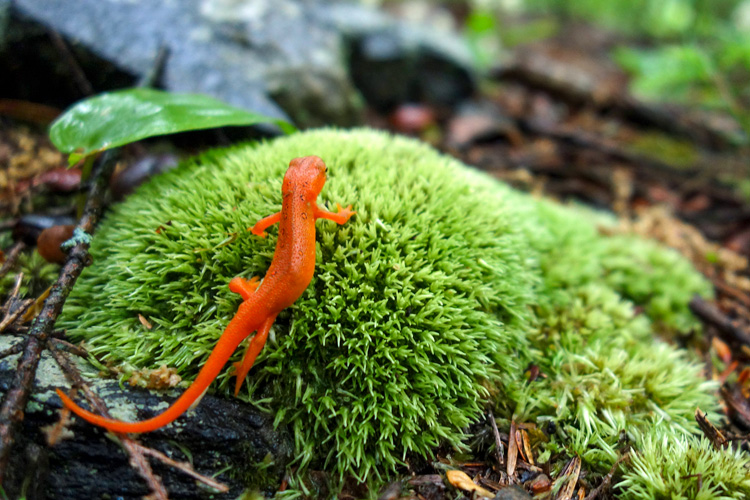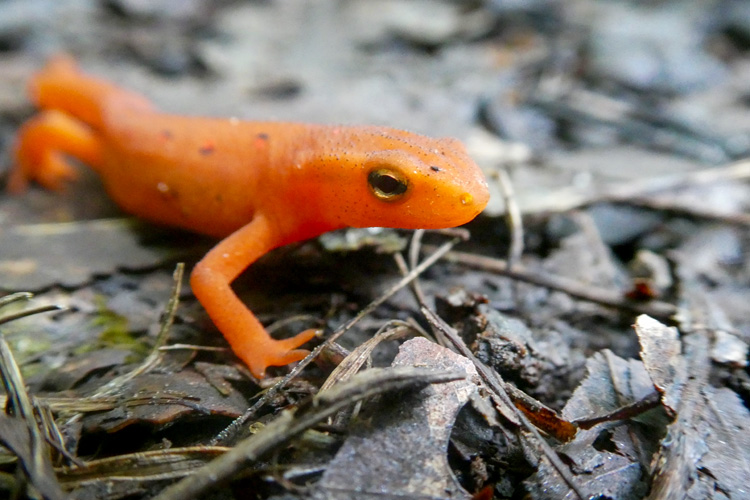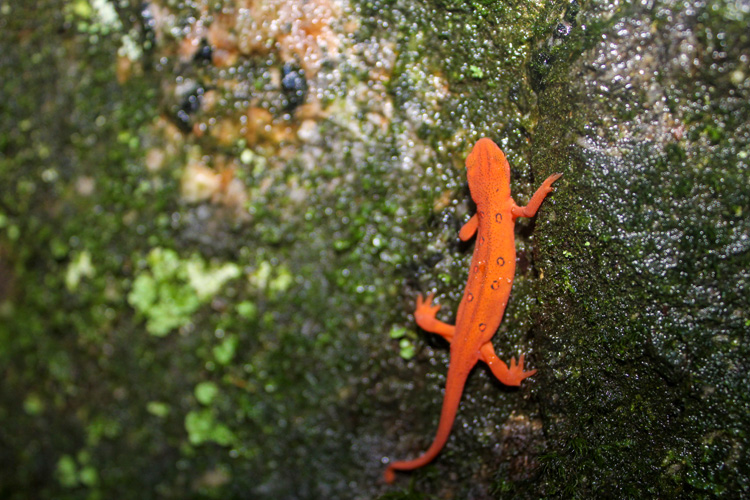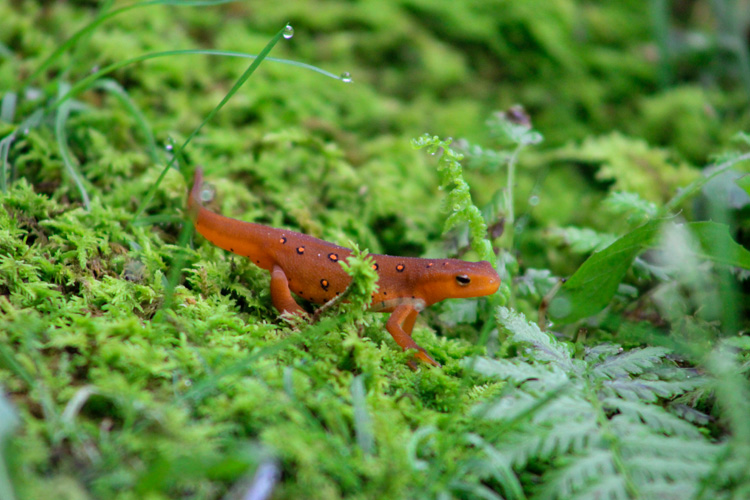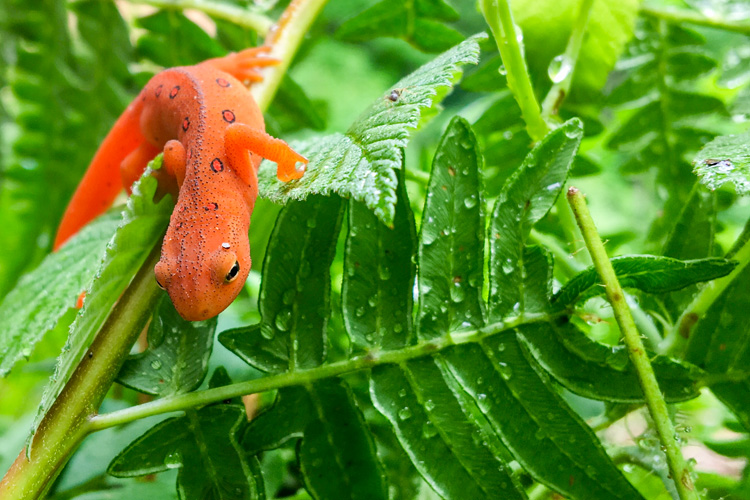Every year in late spring and early summer, adult female turtles cross the roads of Massachusetts in search of nest sites. One of the biggest (literally) culprits is the Snapping Turtle.
Found in all sorts of water bodies, from rivers to lakes to marshes, the Snapping Turtle can grow up to 19” long. It has three ridges on its carapace (the top half of its shell), a spiky tail, and a decidedly “dinosaur-ish” look, with good reason—The first turtles appeared over 200 million years ago, making them even more ancient than their reptilian cousins, snakes and lizards.
Many people assume that something is wrong when a turtle is crossing the road. With best of intentions, they mistakenly attempt to return it to water, take it home, or take it somewhere that seems safer to release it. But the best thing to do is leave it alone or, if threatened by traffic, move it to the side of the road in the direction it was already heading. The turtle knows where it wants to go and may have been nesting in the same spot for many years—or even decades.
But remember, Snapping Turtles can be aggressive and have powerful jaws that can deliver a painful bite if threatened (possibly because their small lower shell or “plastron” leaves them vulnerable) and their neck can stretch the length of their shell. Never grab one by the tail—you could seriously injure the turtle. Simply give her space and let her mosey along on her way.
Here are five photos of these amazing creatures from our annual Picture This: Your Great Outdoors photo contest. Learn more about the turtles of Massachusetts on our website.
